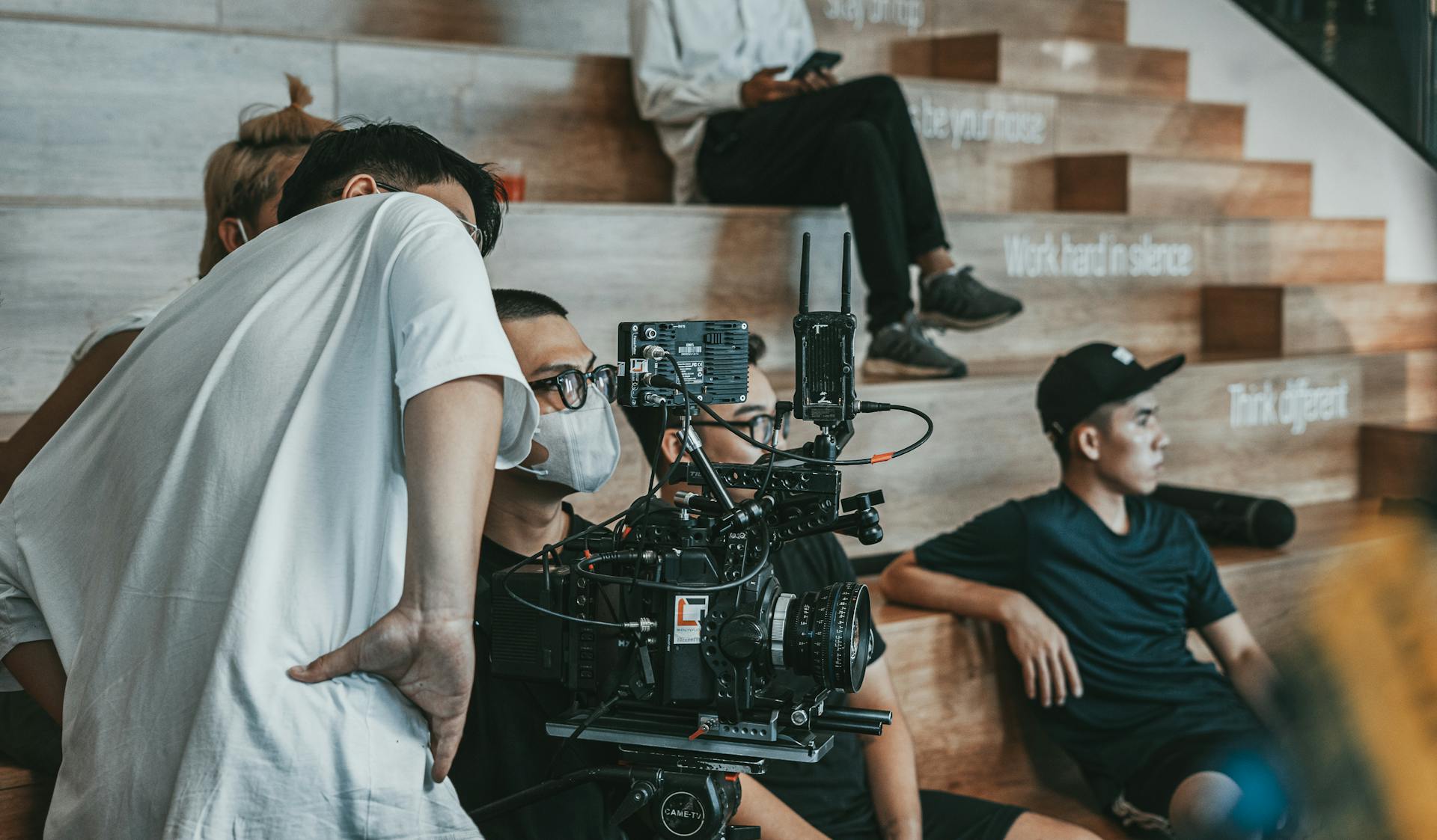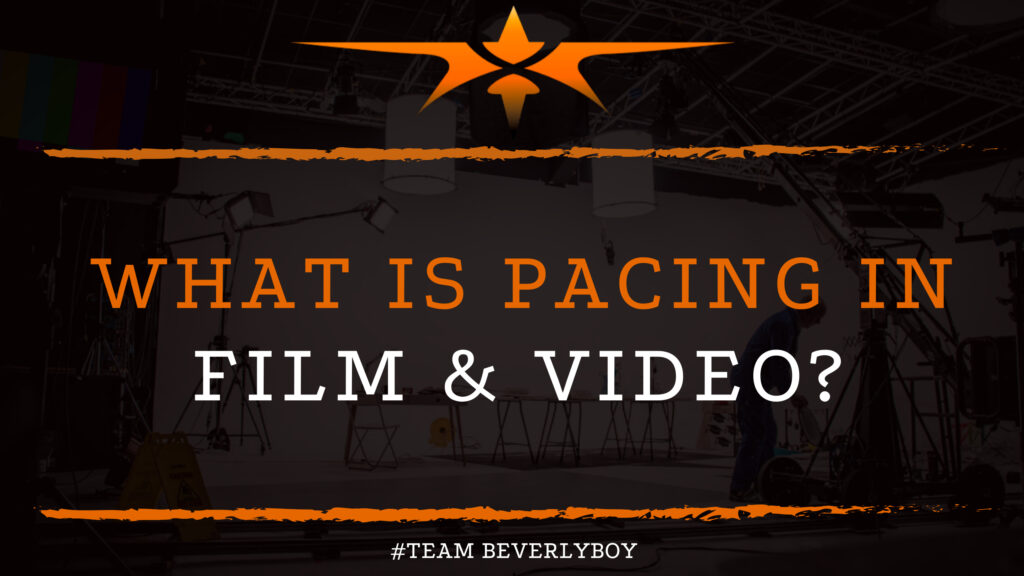What is Pacing in Film & Video?
Each time you watch a film you’re taken on a unique journey. As seen through the eyes of the director. You might not realize it. But the pacing of the film has a lot to do with your emotional response to that journey. And the series of events that are depicted on the screen. If you’ve never carefully considered the pacing in film and how it works. You may not even notice that most films have a stable tempo or rhythm, known as the pacing. Which represents the flow of events that are taking place as the story progresses. So what is pacing in film & video?

What is Pacing in Film?
Pacing in film is sometimes challenging to nail. Especially if you’re a beginning film editor or just getting started in the industry. If you think about all the films you’ve ever seen, did they all seem to carry through at the same pace? Of course not!
Some were probably fast, upbeat and adventurous. Others were probably long, drawn out and maybe even laborious. What is it that makes one so upbeat and the other so inherently slow?
It’s not just the events taking place or the number of cuts comparable to the total duration. It’s not just the time between cuts. In fact, it’s the pacing of the film and, although practical, because it’s intangible it might be difficult to pinpoint at first.
The pacing of a film is defined by several different factors and techniques. The idea is to maintain the attention of the audience. But the process can play out in a variety of different ways. Likely depending on the type of film and the desired emotional connection within the audience.
How is Pacing Established in Film?
Pacing in film is like the pulse or heartbeat of the story. Think back to your days in Kindergarten when your teacher would read stories to the class. The pace at which she would read would directly impact how you felt about the story.
If she slowed down, you might feel anxious or otherwise in suspense, if she read quickly, you would probably have a consistent “What next” feeling on your mind.
In filmmaking, pacing has similar outcomes for the audience, but the pace (or rate) in which a story is delivered to the audience can vary in many ways. This isn’t just a book being read by your teacher!
Pacing is rather subjective, where in fact what one may find to be incredibly upbeat, someone else may find to be just moderate speed. Naturally, slow is slow, and fast and fast, but there is definitely room for discrepancy or changes of opinion.
To understand how pacing is established in film, take a look at the many types of pacing in film:
- Plot pacing – plot pacing represents the speed at which the story is propelled by each added element of the plot. In other words, it’s how fast the plot thickens, comes to a climax, and then has a resolve.
- Scene pacing – scene pacing represents the speed at which a scene delivers the story. Sometimes a scene is found to be unnecessary, and it’s removed to maintain pacing!
- Dialogue editing for pace – like scene pacing, dialogue editing also comes into play when pacing a film. If a dialogue is overdone, doesn’t convey the intended information, or uses an exhausting monologue that makes the film feel slow, changes are likely to occur.
- Editing pacing – editing for pacing represents how long a shot or scene is shown, how shots are strung together, and how cuts and transitions are incorporated in.
The focus of pacing in film and video is to continue the forward momentum of the story without jeopardizing the audience’s attention. Knowing how pacing in film is achieved will help you to establish the most appropriate rhythm for your story!


